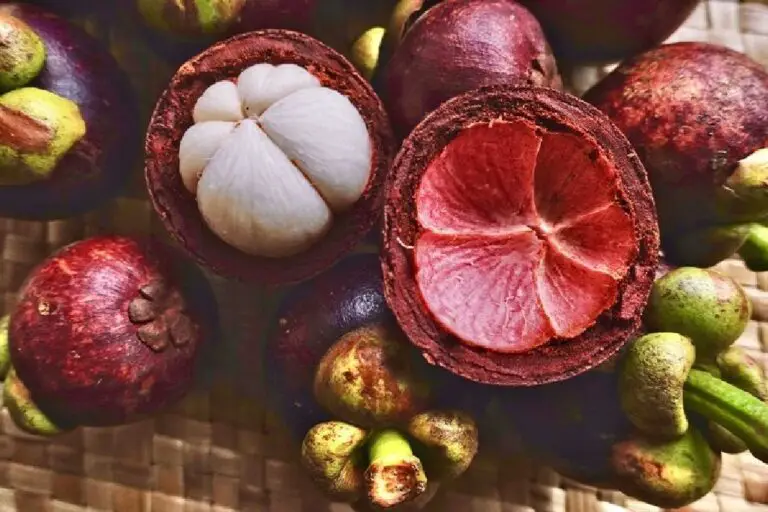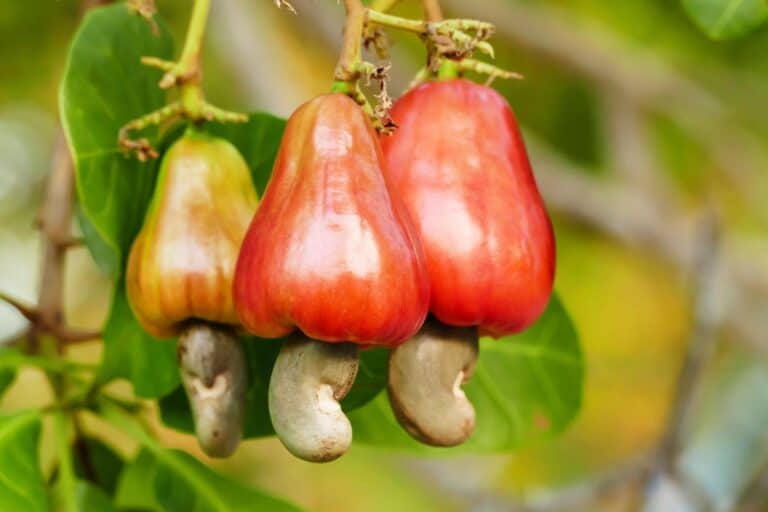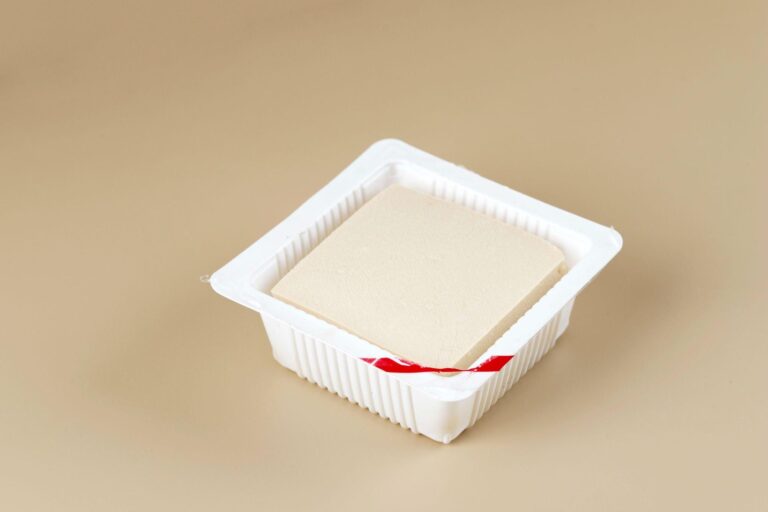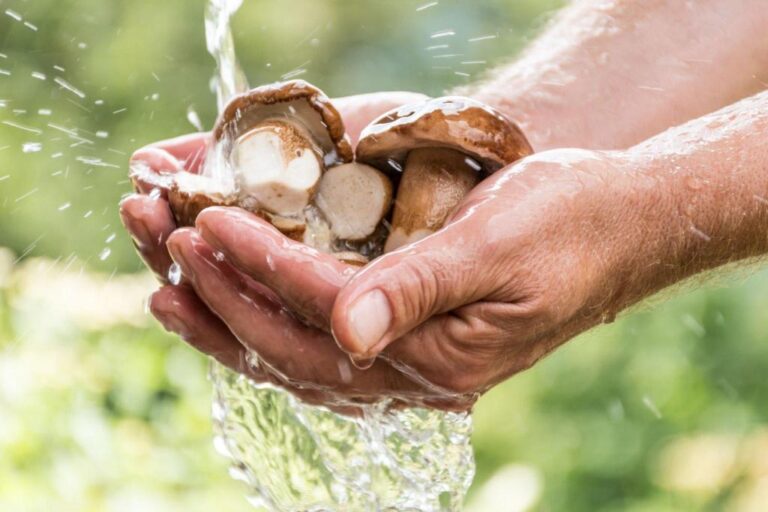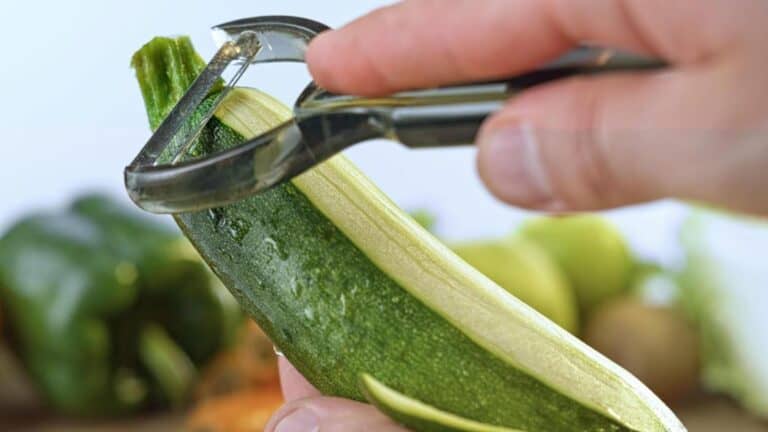When Is Okra Ripe and Ready to Pick? (Okra Maturity Time)
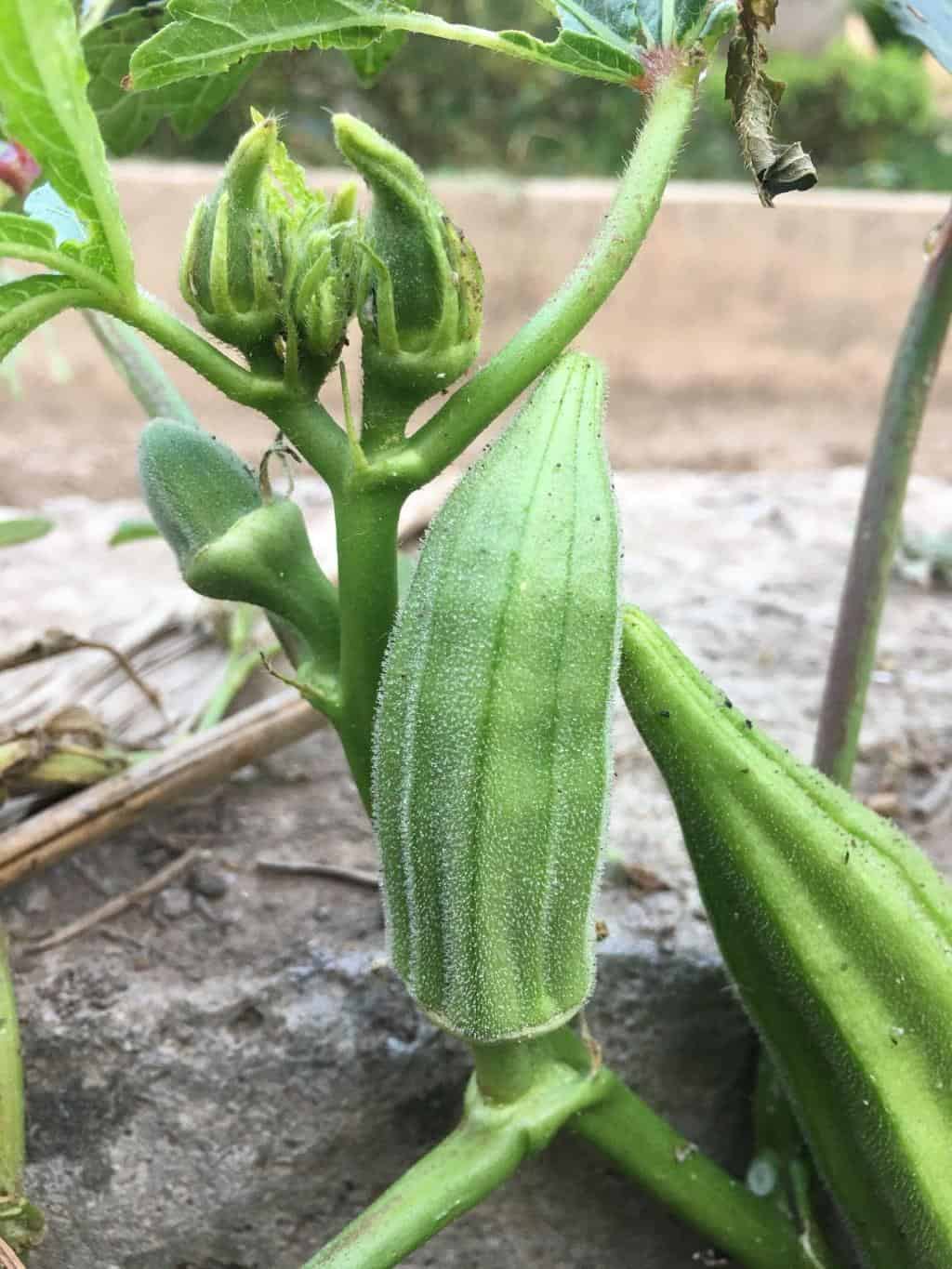
Okra is a popular garden vegetable that is well worth the effort it takes to grow. They are known for their unique pods and mild taste. It is often used in soups, stews, and other dishes and can be cooked in a variety of ways.
When is okra ripe and ready to pick? That depends on several factors, including the variety of okra you are growing, the climate you live in, and how long ago you planted your crop.
In this blog post, we will explore the key factors that determine the ripeness of okra plants and provide tips for determining when okra is ripe and ready to pick.
Read on to learn more about this delicious and versatile vegetable and how to ensure that your okra plants are at their best.
Introduction to Okra and Its Growth Cycle
Okra plants, which are also called lady’s fingers or gumbo, are annual flowers that grow in warm climates. This annual flowering plant comes from western Africa. It is in the mallow family.
Okra plants are known for their tall, upright growth habit and their beautiful, trumpet-shaped flowers. The flowers, which range in color from white to yellow to pink, are followed by long, slim pods that are prized for their edible seeds.
Even though okra plants bloom and produce a lot of fruit, they only make pods for a short duration before their growth slows down.
The exact length of time an okra plant lives depends on a number of things, such as the type of plant, the local climate, and how well the grower takes care of the plant. The growth cycle of okra typically takes about two months from the time it is planted until harvest.
In general, however, okra plants will only produce pods for a few weeks before their growth begins to decline. This is due in part to the plant’s annual life cycle as well as the fact that okra plants are sensitive to changes in temperature and moisture levels.
As okra plants near the end of their lifespan, their leaves will begin to yellow and wilt, and their pods will become smaller and less abundant. At this point, the plants should be removed from the garden to make way for new, healthy plants.
Different Varieties of Okra Plant
There are many different kinds of okra plants, and each one tastes and looks different.
- The most popular type is the Clemson Spineless Okra, which grows to about four feet tall. This variety makes long pods that are tender when young and taste good when cooked. Their large and spineless pods are easy to harvest and prepare.
- Another popular variety is the Burgundy Okra, which has dark, purplish pods and a distinctive, sweet flavor. This variety is often used in pickling and canning.
- Another type is the Hill Country Red Okra which features deep red stems and vibrant yellow flowers; it’s very resistant to disease and can produce large quantities of okra pods over a lengthy growing season.
- Chinese Okra has small, tender pods that are highly prized in Asian cuisine.
- White Velvet Okra has white pods that are particularly attractive in salads and other dishes.
- There is also Dwarf Varieties of Okra that are ideal for small gardens and container planting.
Factors That Influence Okra Ripeness and Maturity Time
Knowing when okra is ripe and mature enough to be consumed is important for getting the most out of your crop. There are several factors that influence okra’s ripeness and maturity time.
- Different varieties of okra will have different growth habits and will mature at different times. For example, some varieties of okra will have large, spineless pods that are easy to harvest and prepare, while others will have smaller, more delicate pods that are best used in pickling and canning.
- The size of the pod. Most of the time, bigger pods take longer to get ready because they need more time to develop flavor and texture.
- The local climate in which the okra was grown can also have an effect on its ripening time. Okra is a warm-weather plant that thrives in hot, sunny conditions, and it is sensitive to changes in temperature and moisture levels.
- Temperatures that are too hot or too cold can delay maturity while optimal conditions will speed up the process. In areas with long, hot summers, okra plants will typically mature and produce pods quickly, while in cooler or more temperate climates, the plants may take longer to ripen and mature.
- The care provided by the grower can also influence the ripeness and maturity of okra plants. Proper watering, fertilizing, and pest control can help to ensure that the plants are healthy and productive, while poor care can lead to stunted growth and reduced yields.
When Is Okra Ripe and Ready to Pick?
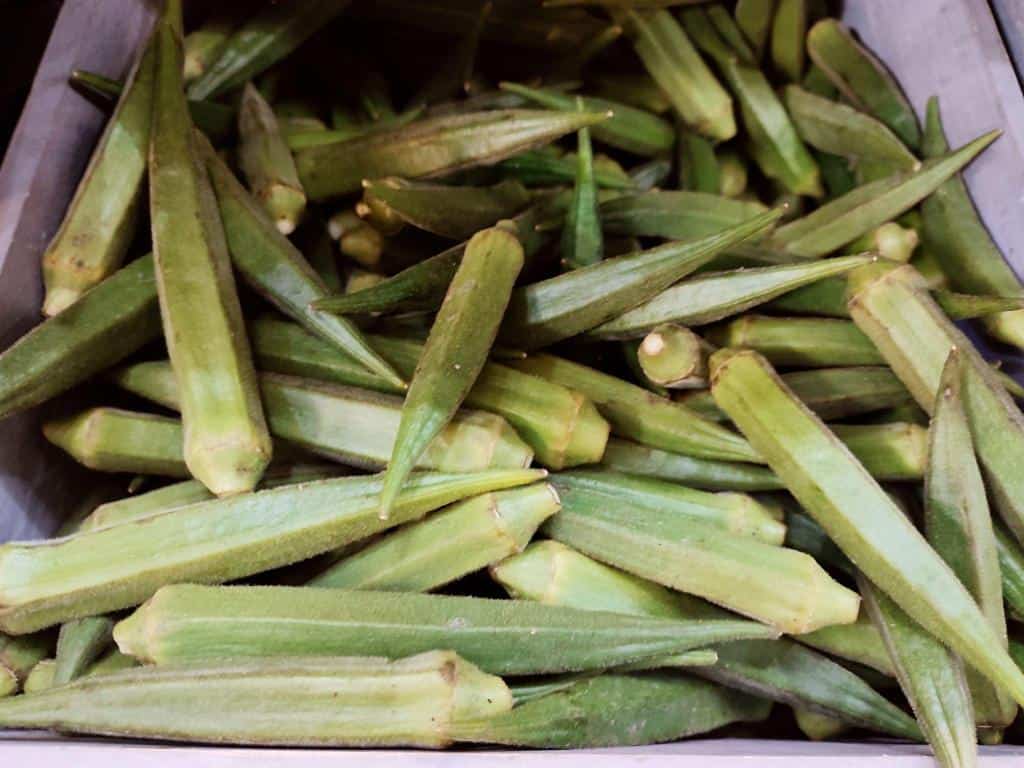
The ripeness of okra plants is an important factor in determining the quality and flavor of the pods, as well as the overall yield of the plant. Knowing when okra is ripe and ready to pick is essential for getting the most out of your okra plants.
Okra is typically ready to pick when the pods are between 3 and 4 inches long and are still tender and free of blemishes.
At this stage, the pods will have a vibrant, green color and will be firm to the touch but not too hard or woody. As the pods continue to grow, they will become tough and fibrous, making them less suitable for eating.
To determine when okra is ripe and ready to pick, it is important to regularly inspect the plants and check the size and condition of the pods.
| Pods that are too small or too large should be left on the plant to continue to grow, while ripe pods should be carefully harvested using sharp scissors or a knife. It is also important to regularly check for pests and diseases, as these can affect the ripeness and quality of the pods. |
Okra Maturity Time
Generally speaking, most varieties of okra will be ready for harvest in about 60–90 days from the time they were planted.
If you’re growing an early-maturing variety, such as “Clemson Spineless” or “Cajun Delight,” harvesting could begin as early as 50 to 55 days after planting.
Depending on local climate conditions like temperature and rainfall, it could take up to 110 days for some varieties of okra to reach maturity.
Once okra plants have reached maturity, they will continue to produce pods for a few weeks before their growth begins to slow down and the plants start to die off.
This is due in part to the plant’s annual life cycle as well as the fact that okra plants are sensitive to changes in temperature and moisture levels.
As the plants near the end of their lifespan, their leaves will begin to yellow and wilt, and their pods will become smaller and less abundant.

